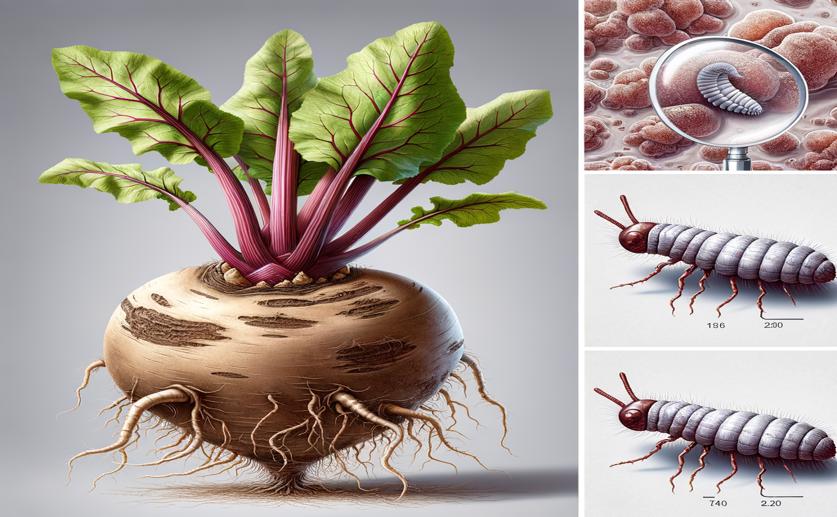
Decoding the Sugar Beet Root Maggot Genome
Jim Crocker
30th March, 2024

Image Source: Natural Science News, 2024
Key Findings
- Scientists at Towson University sequenced the genome of the sugar beet root maggot (SBRM), a major crop pest
- The genetic data may help develop new ways to protect sugar beets without using chemical pesticides
- This research could also explore how climate change affects the maggot and inform future pest control strategies
References
Main Study
1) A de novo assembly of genomic dataset sequences of the sugar beet root maggot Tetanops myopaeformis, TmSBRM_v1.0.
Published 28th March, 2024
https://doi.org/10.1016/j.dib.2024.110298
Related Studies
2) The genome sequence of Drosophila melanogaster.
Journal: Science (New York, N.Y.), Issue: Vol 287, Issue 5461, Mar 2000
3) Identification of Heterodera glycines (soybean cyst nematode [SCN]) cDNA sequences with high identity to those of Caenorhabditis elegans having lethal mutant or RNAi phenotypes.
Journal: Experimental parasitology, Issue: Vol 115, Issue 3, Mar 2007
4) Recent Trends and Advancements in CRISPR-Based Tools for Enhancing Resistance against Plant Pathogens.



 28th March, 2024 | Greg Howard
28th March, 2024 | Greg Howard